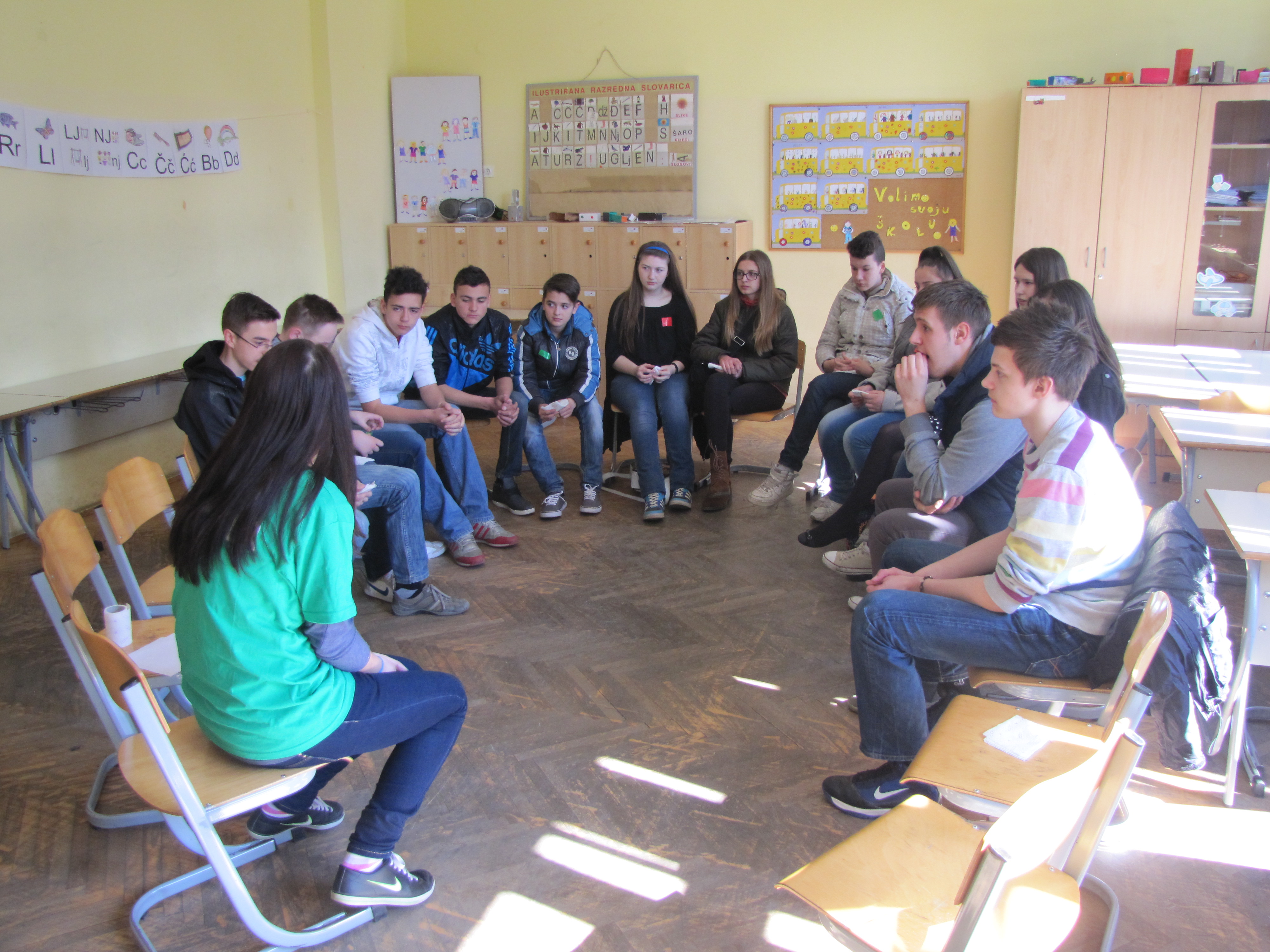This report is provided by Eva-Maria Kolmann from Aid to the Church in Need.
For one youth pastor in Bosnia, a dream is about to come true: Pope Francis will visit the country on June 6. Twenty years after the conclusion of a civil war in the former Yugoslavia that killed more than 240,000 and displaced more than 2 million, the papal presence will help heal lingering wounds—and put the spotlight on a nation that feels forgotten.
There are lots of issues that remain unresolved, said Father Simo Marsic, who will be the director of a new youth center built in the capital of Sarajevo. Looming large is the fact that—despite vigorous protests by Cardinal Vinko Puljic of Sarajevo and Bishop Franjo Komarica of Banja Luka—EU subsidies earmarked for war refugees rarely if ever reach needy citizens among the country’s Croatian Catholics.
These comprise the bulk of the Bosnian faithful who number 440,000, just half the total of Catholics that lived in Bosnia and Herzegovina prior to the 1992-1995 conflict. Those with Croatian surnames suffer discrimination when it comes to finding work, prompting many to emigrate.
Yet, insists Father Marsic, the Church in Bosnia is “very much alive.” Much credit, he said, goes to the work with youth in the Archdiocese of Sarajevo, whose new youth center will be named after Saint John Paul II. The Center will be open to all ethnic groups in the country and will be an ideal setting for international conferences: «Europe will come together here,” said the priest.
He added: «this center will be an open window on other religions and denominations and on other ways of thinking and living. In this way we can learn and live the art of tolerant and peaceful coexistence.”
Pope Francis is scheduled to meet with the young people of Bosnia and Herzegovina at the new Center. For Mandalena, a young Catholic, the papal visit will be an opportunity for young people of the country to make their voices heard. She said: «let us show the world, let us show Bosnia and Herzegovina how strong we are! Let us follow in the footsteps of peace, with a smile on our faces and with love in our hearts.
“Let us welcome this man who believes in us, let us draw strength from this historic event—strength for the future, to meet new challenges and for the battle against hopelessness, so that we can have a bright future in this country. Let us draw the strength to proclaim Christ, to love the Church and to respect other people.»
Father Marsic said that “the visit of the Pope will be a huge encouragement, prompting that young people to become still more strongly engaged in Church and society.” He is hopeful that the Center will be formally opened Oct. 22, 2015, the day the Church in Bosnia will formally commemorate the Center’s patron, remembering in particular John Paul’s 2003 visit to Banja Luka, where he told young people to «to engage their energies, so that life can get back to full swing again at every level.” That, said the priest, “will be the mission statement of the Center!”
—
Today the Vatican released statistical information about the Church in Bosnia, from the Central Office of Church Statistics:
Bosnia and Herzegovina has a population of 3,833,000 inhabitants, of whom 43,900 are Catholics – 11.5% of the population. There are four ecclesiastical circumscriptions, 304 parishes and one parish centre. The apostolate consists of six bishops, 624 priests, 14 men religious and 537 women religious. There are 68 catechists and 120 major seminarians.
The Catholic Church in Bosnia and Herzegovina has 16 educational centres including pre-school, primary, middle, secondary and high schools, and a university. There are also six clinics, four rest homes for the elderly and disabled, four orphanages and nurseries, six family counselling centres and life protection centres, three centres for social education or re-education, and six centres of other types.
—
Aid to the Church in Need will contribute $600,000 toward the completion of the John Paul II Youth Center in Sarajevo.



